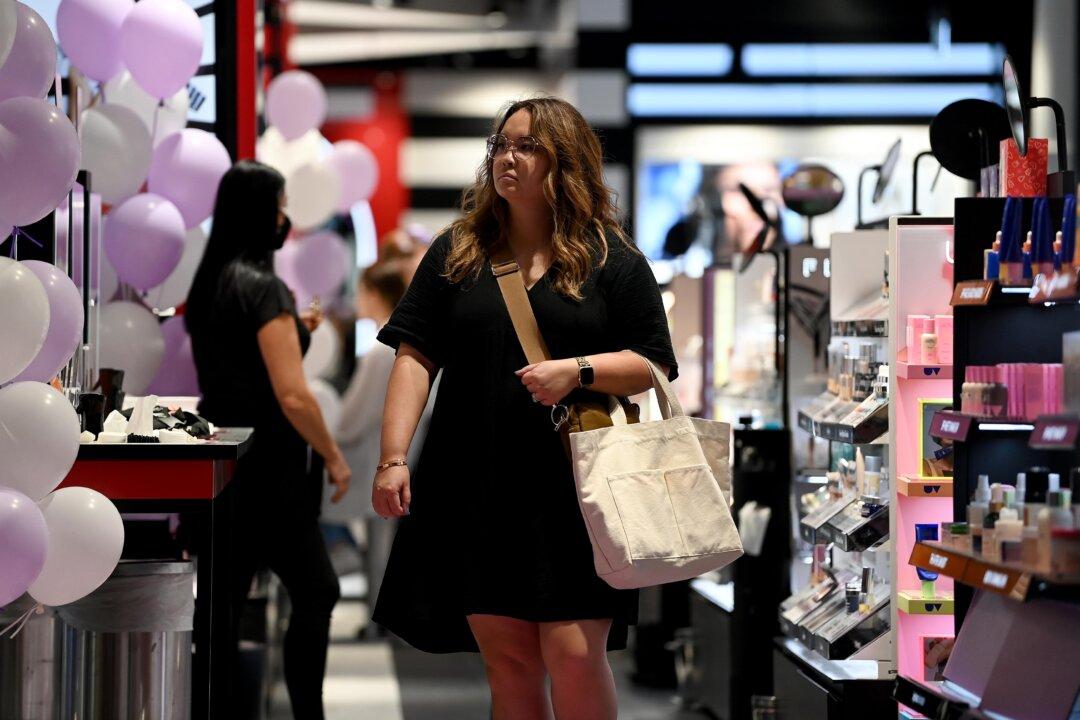Inflation in Australia has accelerated by 2.1 percent during the first quarter of the year, bringing the annual inflation rate to 5.1 percent.
The Australian Bureau of Statistics (ABS) revealed that this was both the highest quarterly and annual consumer price index increase since the introduction of the goods and services tax (GST) in July 2000.





